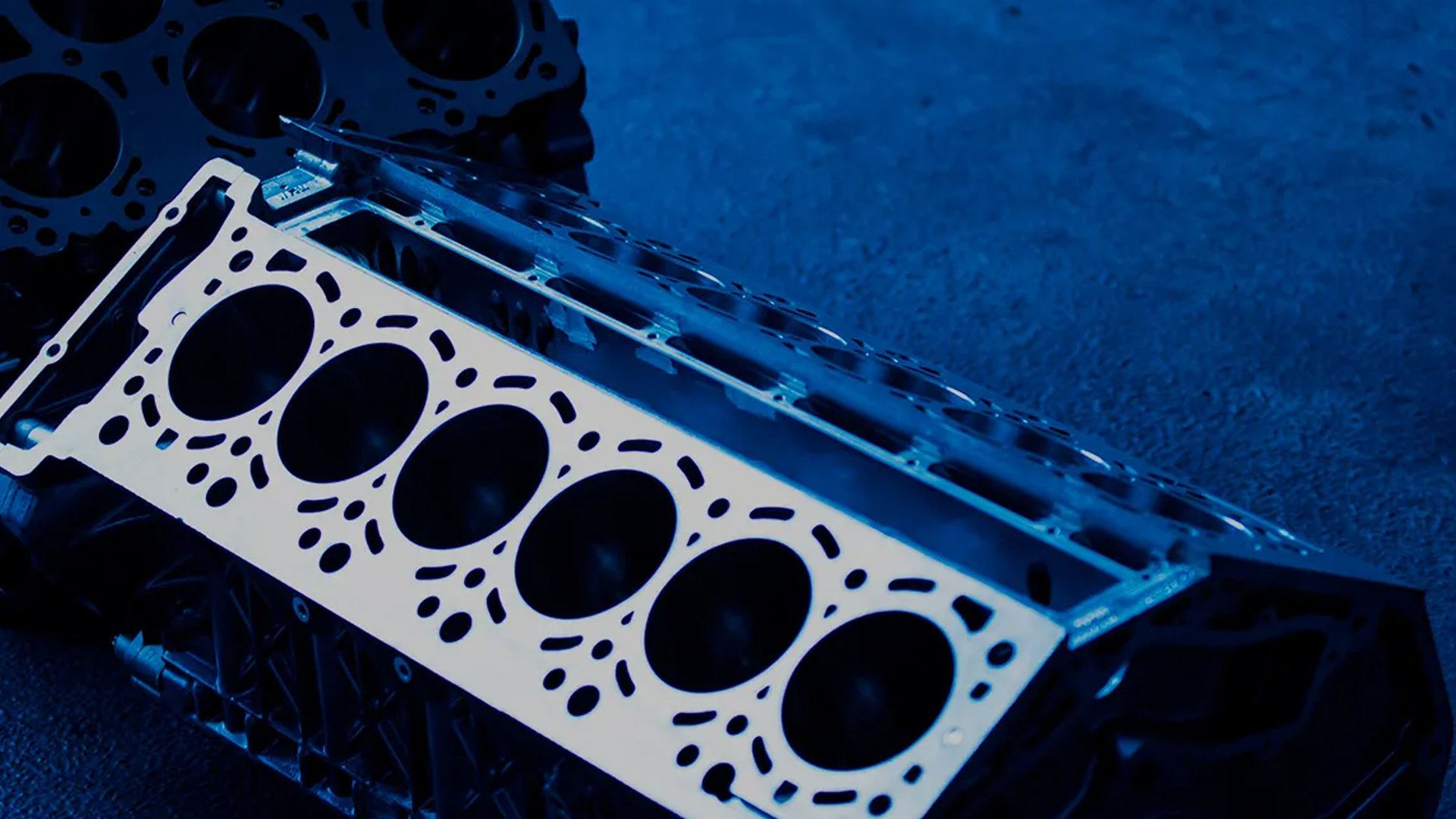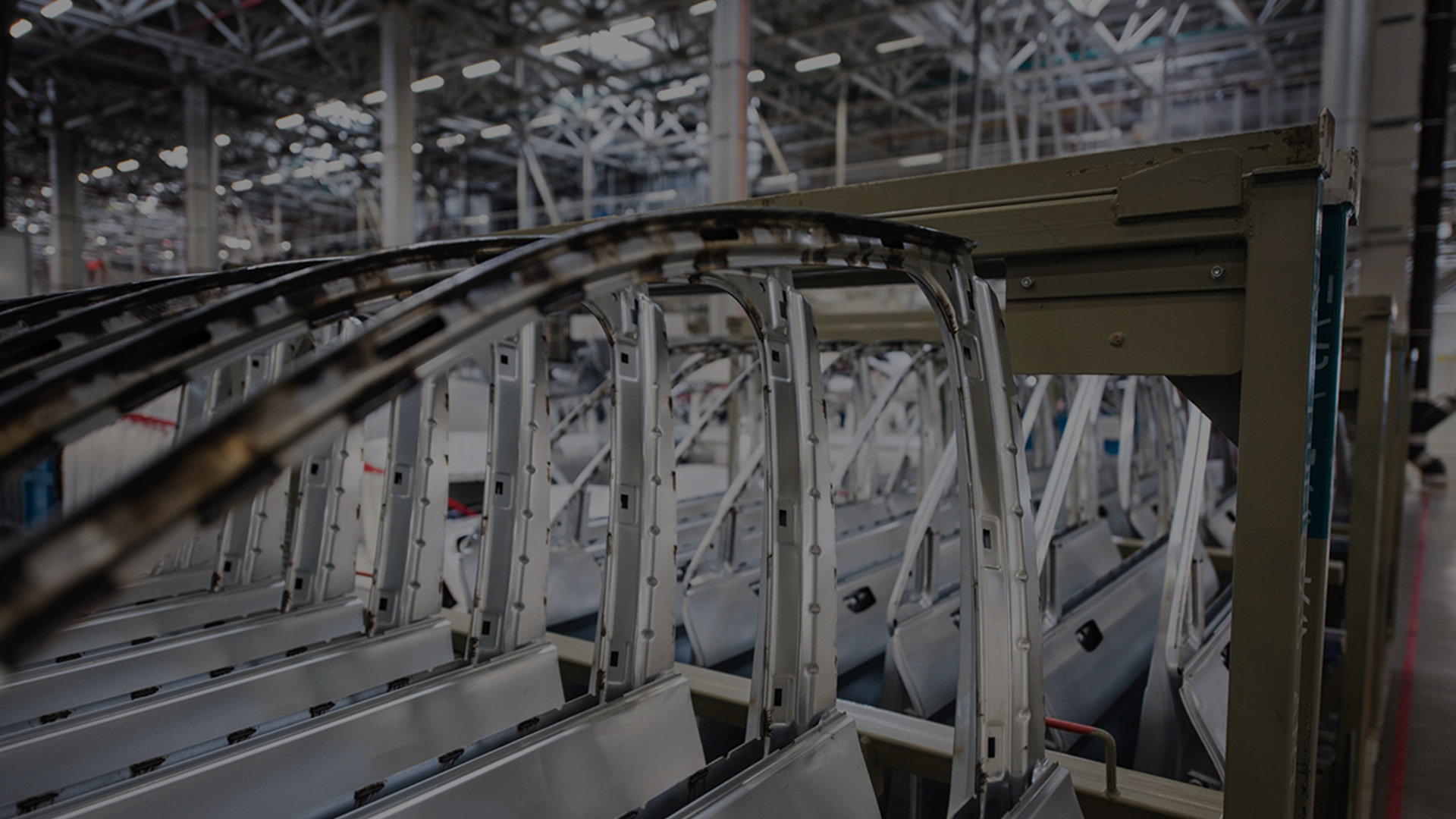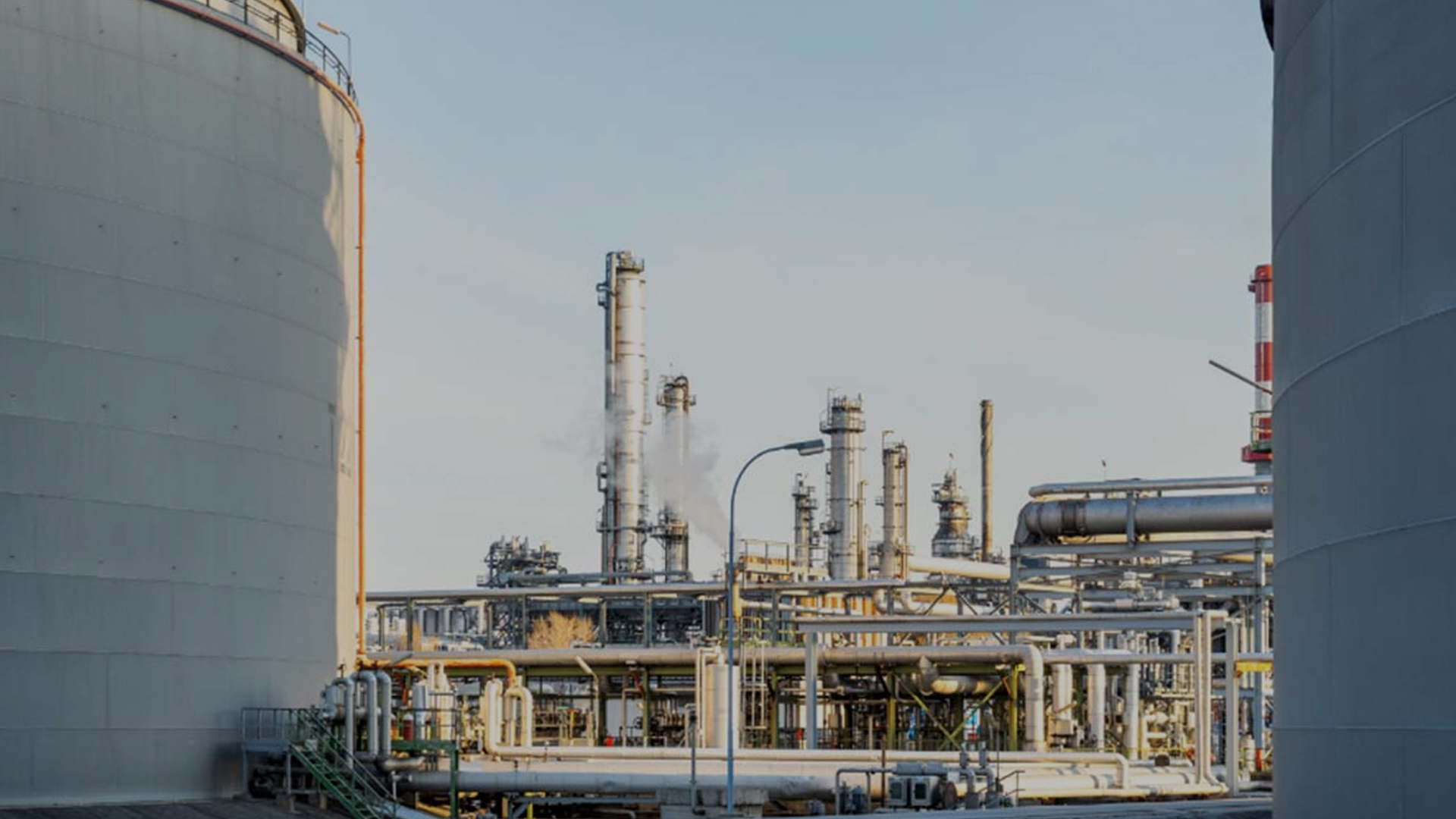El Die Casting o fundición inyectada es el proceso de fabricación en el que se vierte o presiona metal fundido en moldes de acero. Estos moldes, que también se pueden llamar herramientas o troqueles, están especialmente diseñados para cada proyecto.
Hoy en día, es muy difícil imaginarse la vida moderna sin este método de fabricación. Se trata de una de las maneras más eficientes de producir piezas de alta calidad de una manera económica. Además, esta técnica tiene una cantidad de usos para piezas fundidas casi ilimitada. Desde el cuerpo de tu teléfono a partes de tu coche, farolas, tuberías…etc. Por lo tanto, en este artículo te explicaremos en qué consiste el die casting y cómo funciona.
¿Cómo funciona este proceso de Die Casting?
En el proceso de fundición a alta presión, el metal o la aleación de metal fundidos se inyectan en el molde a alta velocidad y presión.
Aunque la idea de inyectar metal fundido en un molde es fácil de entender, en la fundición a presión de la vida real es un proceso muy complejo, y hay muchas variables que afectan al resultado. Sin duda requiere un equipo especializado y profunda experiencia del equipo de fundición.
En primer lugar, para llevar a cabo este proceso, hacen falta máquinas, que, dependiendo del material utilizado, la unidad de inyección que llena el molde puede ser de cámara fría o cámara caliente.
Por un lado, en la fundición a presión en cámara caliente, el metal se mantiene dentro de la propia máquina de fundición a presión. Después se extrae hacia la cámara y la acción del pistón de inyección lo introduce en el molde. Estas partes de la máquina están siempre en contacto con el metal fundido.
Por otro lado, en el proceso en cámara fría, primero se funde el metal en un horno independiente y se transfiere a un horno mantenedor. Posteriormente, se vierte a una cámara de llenado y se inyecta en el molde.
Hoy en día, las máquinas de fundición a presión pueden ser totalmente automatizadas y llevan a cabo todos los pasos del proceso sin intervención humana.
¿Qué metales se pueden utilizar?
El zinc, el aluminio, el magnesio, el plomo y el estaño son las principales aleaciones de fundición inyectada. Todos ellos son metales no ferrosos y sus propiedades mecánicas varían para adaptarse a cualquier tipo de aplicación. Estas aleaciones soportan temperaturas de funcionamiento altas, y son completamente reciclables. Además tienen otras características, como son:
- * Buena resistencia a la corrosión
- * Alta resistencia y dureza
- * Conductividad térmica
- * Alta conductividad eléctrica
- * Propiedades de protección EMI o RFI excepcionales
- * Buenas características de acabado
Por separado, cada aleación ofrece una variedad de beneficios que el otro puede no ofrecer. Esa es una de las mayores ventajas de la fundición inyectada. No hay límites a la hora de elegir el metal adecuado.
¿En qué sectores se puede utilizar esta técnicar?
Hoy en día, la industria que más utiliza esta técnica en su proceso productivo es la del automóvil. Sin embargo, hay miles de aplicaciones de piezas fundidas en otros sectores.
- Industria automotriz
- Aeroespacial
- Accesorios
- Mueble
- Las herramientas eléctricas
- Electrónica
- Maquinaria
- Iluminación
¿Qué beneficios aporta el Die Casting?
Esta técnica tiene muchas ventajas en otros procesos de fabricación que conllevan importantes ahorros en costes, no solo en cuanto al precio en sí, sino también en el coste total de producción.
Además, las piezas de fundición a presión son 100% reciclables.
¿Die Casting a nivel internacional?
No hay un único proceso que se pueda adaptar a cada proyecto. Todos los procesos son diferentes, por eso, Pinexports, ofrece múltiples soluciones para cualquier necesidad de fundición inyectada.
Nuestra plataforma Exhale, una vez introducidas las variables que el cliente necesita, se encarga de encontrar el mejor centro de producción de nuestra red internacional que asegure que se utilice siempre el proceso adecuado para la aplicación adecuada.
En PINEXPORTS ponemos a tu disposición todos nuestros centros de producción en diferentes continentes que pueden ofrecer soluciones adaptadas a cualquier necesidad productiva para una gran variedad de industrias. Además, no solo nos encargamos de la producción, si no que recibirás el pedido directamente en tu puerta sin tener que preocuparte del proceso logístico.





